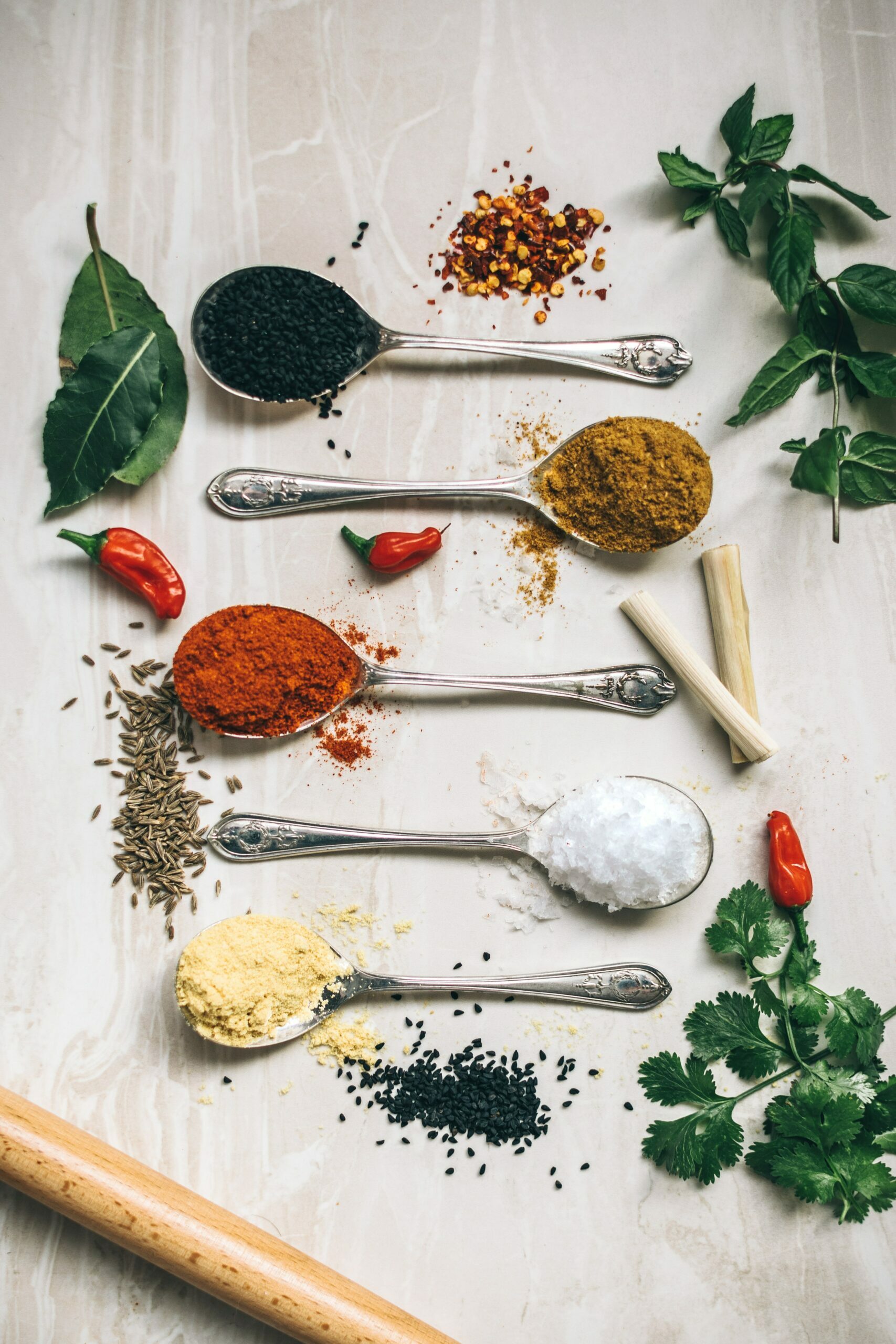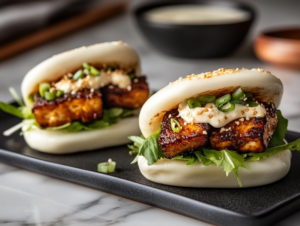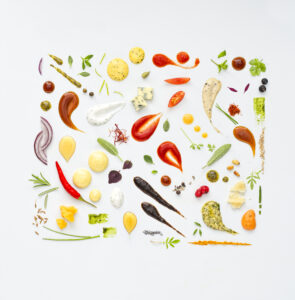- Home
- News
- Watch & innovations
- 2022 food trends
2022 food trends
|
Reading time : 6 minutes
|
Published on : 15/07/2022
|
Views : 1454

Openness to the world, respect for the product and the desire for elsewhere: that is how we define the Food Trends of 2022. See our article for an analysis.
2022, the year of culinary renewal
If anything is certain, then it is that COVID has shaken things up for everybody. After 2020 was spent hidden away and 2021 was passed patiently waiting, the year 2022 has been heralded as the year of renewal. And all the trends confirm this: the French population needs change and new horizons. At the culinary level, we had already witnessed a spectacular change in the way things work. With the rise of dark kitchens and the boom in deliveries and take-aways, the entire sector has had to redefine itself. As we exit from the pandemic, it is again necessary to look at the underpinnings of catering: the experience of food and of being together. But there is more to it than that: it is not enough “just” to eat meat, “just” to go to a restaurant. Every experience must convey a meaning. Meaning and a sense of elsewhere, of things never seen before, of discovery.
Escaping with ethnic cuisine
Those who are not content simply to make do with mass-market products may well be interested in the take-away sector. This survey conducted by the Snacking website and published in March-April 2021 clearly shows that the trend to order food deliveries has been extremely beneficial to ethnic cuisine, with Japanese, Indian, Pakistani and Korean food leading the pack. Ethnic cuisine is well-known for its unusual, far-away tastes. During the lockdowns, it also, and most importantly, took consumers’ taste buds and imaginations on a journey. At the same time, the flavours helped buoy up many people who, by having meals delivered or learning to cook this type of meal themselves, dared to experiment with cuisines they had never tried before.
Food trends: thank you TikTok
Whatever is trending internationally immediately becomes a “phenomenon” on social media. Far outstripping Facebook or Instagram, TikTok, the social network based on the sharing of short video clips, is also a vector of new discoveries. The main winners in the culinary world? Asian preparations:
- Mochi, a small iced Japanese dessert made using a glutinous, aromatic rice.
- Bubble tea, a Taiwanese drink made from tea mixed with fruit and accompanied by tapioca balls
- Try everything in a Food Court
Try everything in a Food Court
Food Courts are an integral part of this need for the new. The concept is simple: a hall big enough to accommodate several differently oriented cuisines, one or more bars, tables and chairs … And a good-natured, pleasant atmosphere. People like Food Courts because they turn the conventions of traditional restaurant catering upside down. And also because they are practical. In a single visit, you can have a Greek starter, a Nepalese main dish and a Japanese desert all in one and the same place.
Trying a bit of everything, but not just anything: the fast good.
Catering must often adapt to contradictory wishes and needs. Customers want to eat quickly but also expect tasty, well-prepared products. And restaurateurs have already known the answer for several years: provide “fast good”. That is to say, fast food but with high-quality ingredients. And in this context, even if the frontrunners of the fast-food world remain the same – hamburgers, French fries, kebabs, etc. – it is up to professionals in the fast-good sector to add a twist that breathes new life into them. And this twist comes from the accompaniments, the sauces, the condiments served with the food, the quality of the meat or the bread … Fast good is also often a way of “blending” different dishes by bringing together different culinary worlds. Here, hummus in a burger; there, a yuzu sauce to accompany your fish and chips.
Ethical, responsible cuisine
Looking for meaning in what you are eating is another trend that has continued to grow in 2022. And this meaning is the result of many different actions. The selection of locally sourced products, the – self-evident – foregrounding of seasonal products, a more local approach to highlight the excellence of nearby producers. And things don’t end there. Restaurants and other meal providers also have to position themselves as sustainable actors. In some cases, donations to associations, in others, the transformation of foodstuffs for recycling – or more precisely – upcycling purposes. These common-sense actions, which are intended to make the branch more responsible and socially correct, are often exploited for marketing purposes… However, it is important to watch out for those who simply want to profit from this: greenwashing is, unfortunately, a negative development which is becoming increasingly prevalent on our screens.
Buying and eating “Made in France”: an act of true citizenship
These figures taken from an IFOP survey in 2018 were already proof of this trend:
- 59 % of the French “consider the country of manufacture” of a product,
- 74 % say that they are prepared to pay more for a product Made in France
Enhancing the profile of a product and an area of expertise maximises the probability of winning market share. This argument holds true for France and is reflected in the country’s export sales. There are various motivations for purchasing products Made in France:
- It helps maintain employment in France
- It supports the country’s businesses
- It preserves the nation’s expertise
- It is seen as a “useful gesture”
Products Made in France have an impact at different levels:
They showcase the quality of national products while also raising awareness of businesses’ CSR approach.
Small-scale Food Trends in 2022
In addition to these main thrusts, the Food Trends of 2022 are also foregrounding a number of flagship products and preparations. So don’t miss:
- Yuzu: this citrus fruit, which looks like a small lemon but whose taste is more similar to that of a lime or grapefruit, is a treat for the taste buds. It is one of the “must-taste” products of Asiatic cuisine … And one that has found favour among leading chefs.
- Seeds: we think of these as being for rabbits – or athletes. However, seeds, and more particularly the historical varieties, are returning to our plates in ever greater numbers. They’re healthy and they taste good.
- The superfoods: goji, chia, linseeds, ginseng … these wonder-products not only taste good but also give the body a real boost.
- Veggie “meats”: another step towards gaining acceptance for the fact that it is not always good for the body to eat animal meat every day. These “meats”, which are based on kidney beans, lentils, quinoa or other legumes, can now be found everywhere … even among the fast-food giants!
- CBD: yes, this legal cannabis extract is playing an ever-increasing role in our kitchens. As a drink, a desert or simply as an oil, it is here to stay.
As we can see, every Food Trend is a response to current consumer needs: health, diversity, ethical conscience. So what’s your view of the cuisine of 2022?
Read also
In the same category
Découvrez sur notre blog tous les articles et les moments clés de CAP Solutions Culinaires. Tenez-vous au courant de nos innovations et de nos évènements. Bonne lecture !



